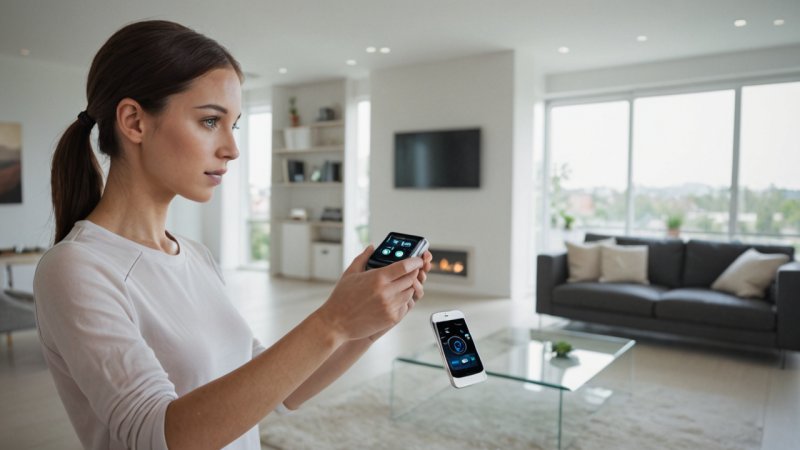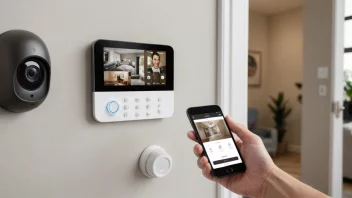As the Internet of Things (IoT) continues to expand, wearable technology is becoming an integral part of our daily lives, especially when it comes to managing smart home devices. The synergy between wearables and smart home technology offers an innovative way to control and enhance your living environment. This article explores how wearable tech is shaping the future of smart home control and the benefits it brings to modern living.
Wearable devices such as smartwatches and fitness trackers have evolved beyond simple fitness monitoring; they now serve as powerful tools for managing your smart home. With just a flick of your wrist, you can control various connected devices, from lights to thermostats and security systems. This hands-on control allows for a more intuitive and user-friendly experience, as you can manage your home environment without needing to navigate through multiple smartphone apps.
One of the key advantages of integrating wearables with smart homes is the convenience it provides. Imagine being able to unlock your front door, adjust the lighting, and set the thermostat—all from your smartwatch. This level of convenience is particularly useful for busy individuals who need to multitask. For example, if you’re coming home from work, you can adjust the environment to your liking before you even step through the door, ensuring comfort right from the moment you enter.
Security is another major aspect where wearables play a crucial role. Smartwatches can receive real-time alerts from home security systems, allowing you to stay informed about any unusual activity. If your smart security camera detects movement, a notification can be sent directly to your wrist, enabling you to monitor your home even when you’re not physically present. This instant communication enhances your ability to respond to potential threats, providing peace of mind.
Furthermore, wearables can contribute to energy savings in your smart home. Many smartwatches are now equipped with sensors that monitor your activity levels and sleeping patterns. This information can be synced with your smart home devices to optimize energy use. For instance, if you’re away from home during the day, your smartwatch can signal your thermostat to adjust the temperature, reducing energy consumption and lowering utility bills.
Additionally, wearables can enhance the smart home experience in the realm of entertainment. With the ability to control smart speakers and connected televisions directly from your wrist, you can easily manage your audio and video settings. Whether you’re hosting a gathering or enjoying a quiet night in, adjusting the volume or switching playlists is just a voice command away, making your entertainment experience seamless and enjoyable.
As technology continues to advance, the integration between wearables and smart home devices is expected to grow even more sophisticated. Future developments may include enhanced gesture controls and improved AI capabilities, allowing for even more intuitive interactions. Imagine controlling your home environment just by waving your hand or speaking naturally to your wearable device.
In summary, wearable technology is revolutionizing how we control and interact with our smart homes. By providing convenience, enhancing security, and enabling energy efficiency, wearables are becoming essential tools for modern living. As we embrace this technology, we unlock the potential for a more connected and responsive home environment, ultimately enriching our daily lives.
Wearable Tech: The Future of Smart Home Control
Discover how wearable technology is transforming the way we manage smart home devices, making daily life more convenient and secure.






